Stryder7x Top 10 Easy Paper Mario Glitches
Super Mario is the most famous game franchise. Ever since 1985's Super Mario Bros., fans have been stomping goombas and koopas to save Princess Peach from Bower in game after game. As video games got more ambitious, Mario has maintained its simple charm. But just because the game isn't complex doesn't mean there aren't glitches to be found.
Given the franchise's longstanding popularity, Mario games have become mainstays for speedrunning. Runners are on a never-ending hunt for glitches and exploits to help them complete the games faster, and lot of the glitches in the games have grown famous in their own right. There are so many notable glitches that they rival the number of Mario games themselves.
Over The Flagpole (Super Mario Bros.)
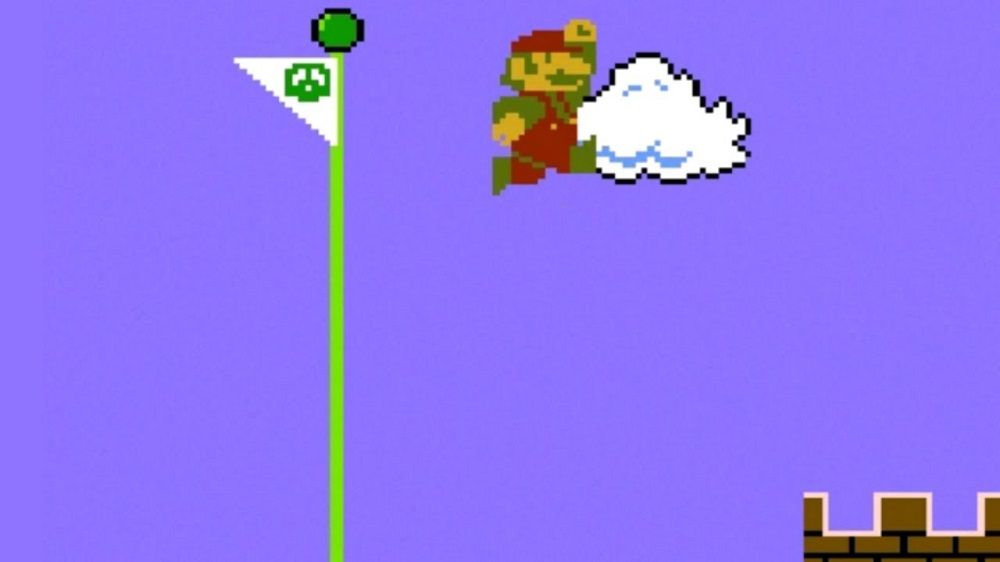
The end of Super Mario Bros. levels are iconic. The player jumps and pulls down the Koopa flag on the enemy castle and replaces it. It's a remnant of an old instruction manual story, but has become famous among gamers, so it's been brought back even though it's something of a Super Mario cliche. Since 1985, every player who ever saw the flagpole has wanted to jump over it.
Most who tried to jump over the flagpole failed, but the scant few who succeeded were the first to exploit glitches. Through manipulation of object placement, it is possible to jump over the flagpole on Worlds 1-1 and 3-3. Hilariously, in The Lost Levels, Nintendo exploited this and hid warp zones behind flagpoles.
In The Wall (Various)
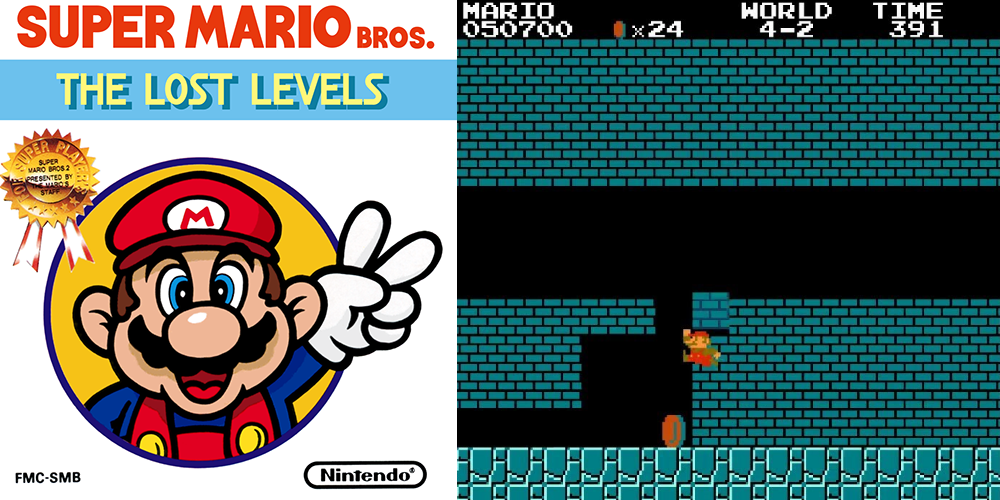
Variations of players walking through walls can be performed going back to the earliest Mario titles. In Super Mario Bros. a pixel-perfect jump could land Mario between blocks and let him walk through the wall. It became easier in The Lost Levels, in which wind blows players between spaces. Levels were mostly blocks, so walking through them was useful.
In future titles where walls weren't as prevalent, this glitch wasn't as useful, but it persisted. Mario 3 and World had semisolid platforms, but large walls in the way could be passed with perfect technique. In 3D titles, wall clipping could possibly land Mario out of bounds and cost him a life. But there's no denying how awesome it was in the early days.
Eating Baby Mario (Yoshi's Island)
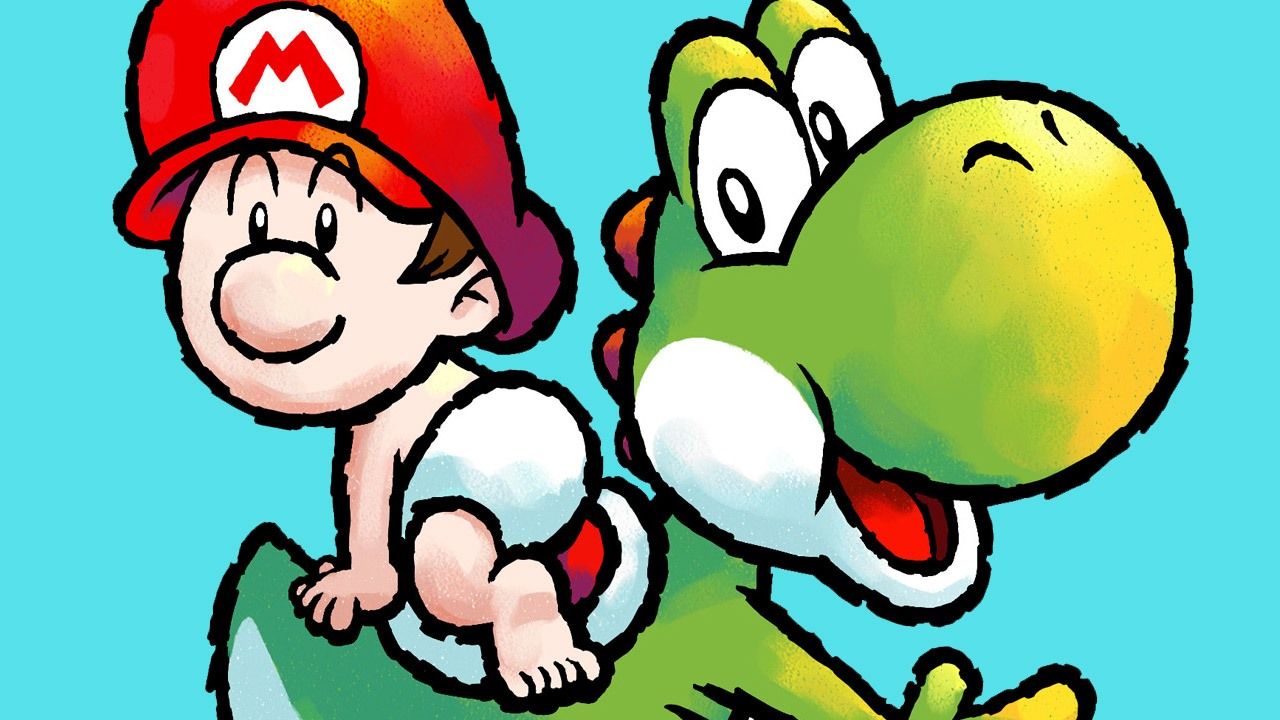
There's debate over whether or not Super Mario World 2: Yoshi's Island is a Mario game or not. It's nothing like other Mario games and it began the Yoshi series. But one thing everyone can agree on is that Baby Mario's crying is annoying. That's what makes this glitch popular, even if it makes the game unwinnable.
This glitch requires star item power-ups to pull off. Its performed in Worlds 5-5 and 2-7. The trick is to get damaged and use a helicopter bubble or message block to stall out the Toadies waiting to grab Mario from his bubble. If done successfully, they will ignore Mario and Yoshi will be able to eat him. It takes practice, but the game will still function without its loudest player.
Mystery Goomba (Super Mario 64)
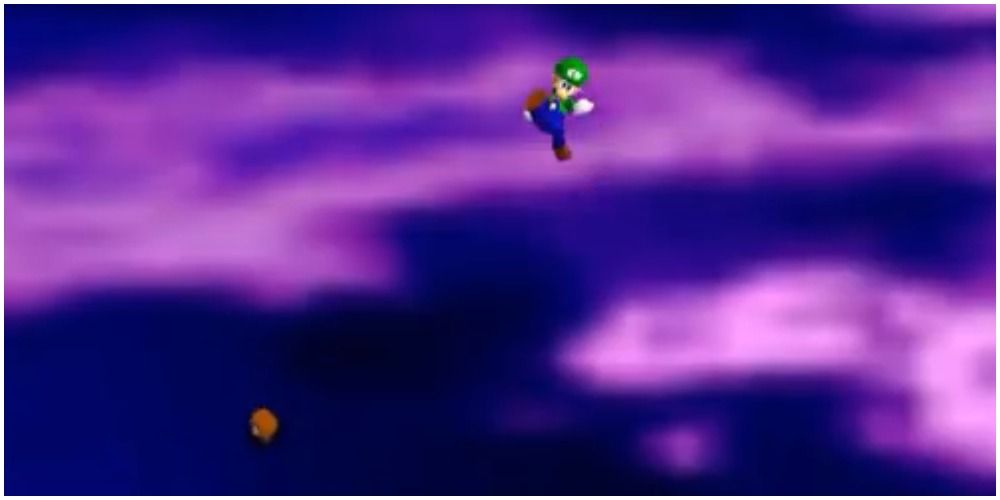
Super Mario 64 was one of the most groundbreaking games ever. But through many exploits, it's also prone to having its ground broken. As it was an early attempt at 3D physics, the technology wasn't exact yet. One famous scripting error is Mystery Goomba in the level Bowser In The Sky.
Whenever the Goombas show up in Mario 64, it's either alone or in trio. But curiously, the Goombas on the platform after the pole are only two. The missing third is actually at the bottom of the level at the death barrier, as the spawner had been misplaced. This is one of few unkillable enemies in Mario, as the player cannot reach it without dying.
Chapter Skips (Paper Mario)
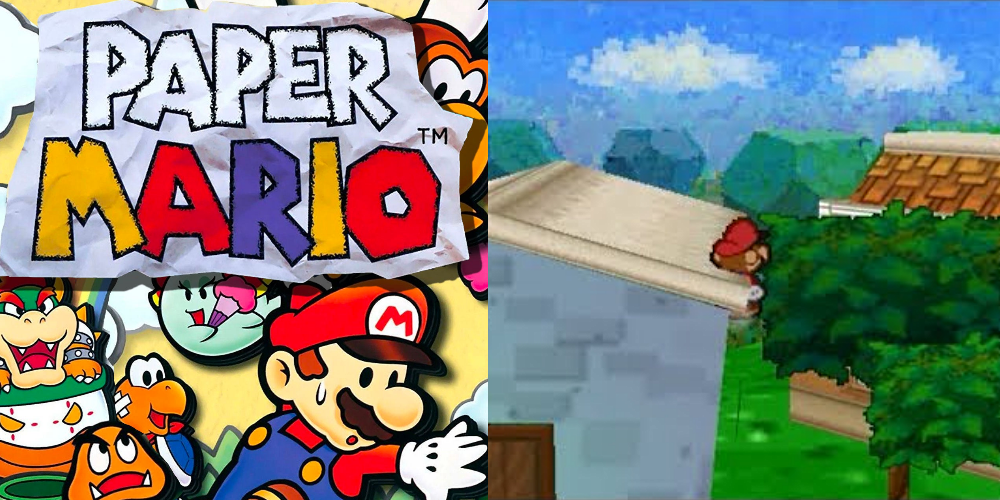
Mainline Mario titles aren't the only games with glitches. Insane exploits can be found in the Mario spin-offs as well. The N64 RPG Paper Mario divided itself into various chapters. But using certain level geometry, players can manipulate flags and skip entire chapters.
The most famous skip in Paper Mario is blue house skip. Next to the chef is a blue house that Mario can't enter until late, but jumping precisely allows Mario to get in there and skip tons. There's also skips that allow players to skip to Bowser's Castle or segments with Peach. Although players must be wary that it's easy to softlock this way.
Walking Underwater (Super Mario Sunshine)
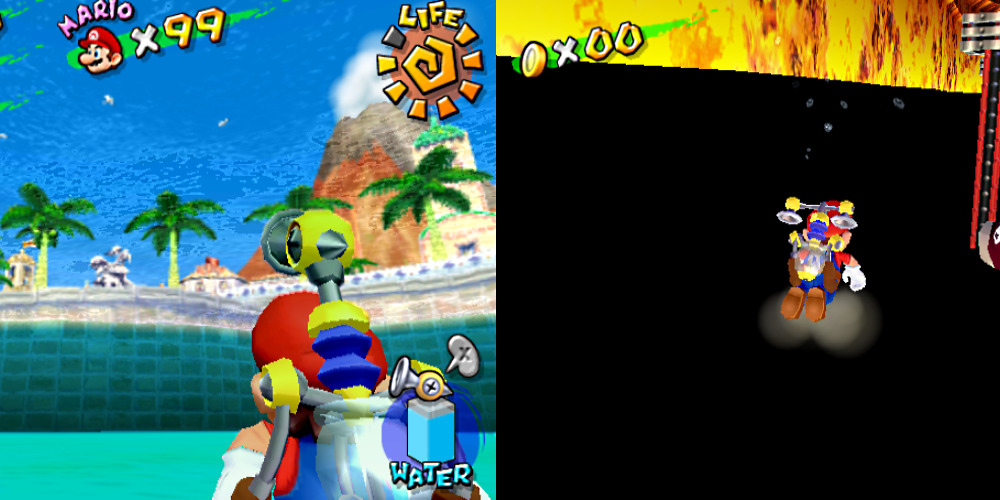
Water defines the Super Mario Sunshine experience. Mario's on a island surrounded by it and he has a backpack that lets him spray it everywhere. Every level has a water element in the map. But there is a way to remove water's effects from the gameplay, allowing Mario to walk through it.
Typically this glitch is only done in Delfino Plaza, but variations can be done in Sirena Beach and Noki Bay. If Mario is trying to get onto something or holding a barrel in a specific way when the water rises he'll be able to run around underwater. This is fun for exploring the island. There's also a similar glitch that lets him swim in lava!
Bonk Warps (Super Mario Galaxy)

The Super Mario Galaxy games were renowned for their unique physics. All the platforming took place on spheres with gravity effects pulling Mario toward ground. Because the gravity was so revolutionary it came with a lot of technical hiccups. Glitches allowed players to fling Mario through the air, or fly, or move and push level geometry.
The most practical application of the gravity glitches is the hilariously named Bonk Warp. This activates when Mario does a long jump and bonks into a wall. In certain circumstances, the momentum will let Mario warp into the wall and emerge on top of whatever he collided with. This allows the player to go out of bounds and is skip obstacles in speedruns.
Shortcuts (Mario Kart Series)
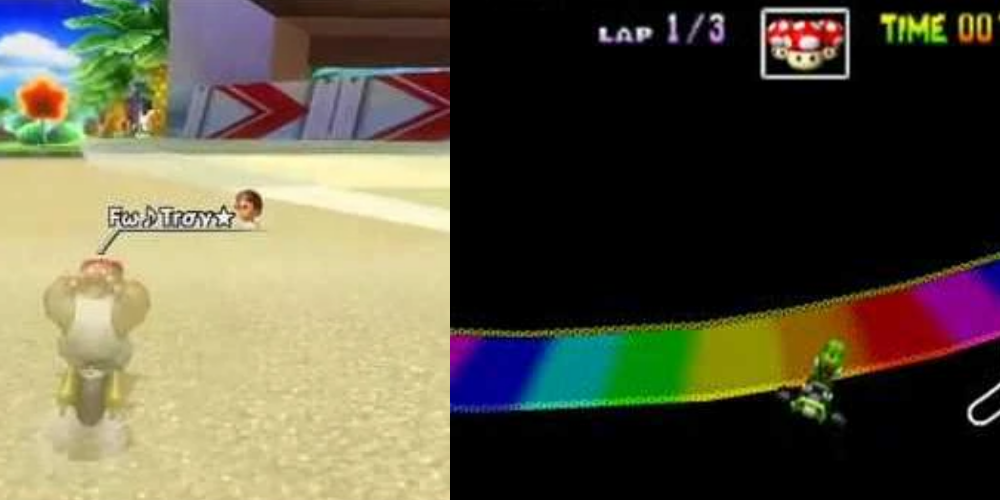
Mario Kart has a history of finding unintended shortcuts in tracks. The most famous is likely the beginning of Rainbow Road in Mario Kart 64 where players can skip half the track. But over the years Mario Kart speedrunners have discovered many things to break the tracks and bring down time trial records. This is most apparent in Ultra Shortcuts from Mario Kart Wii.
The way that shortcuts work in the series is simple. Checkpoints are set so that the player must drive through them in order to complete laps. But in some games (particularly Wii) checkpoints can load early. This means that players can hit the final checkpoint again after passing the starting line but not the first one to clear laps. This is what the incredibly quick Ultra Shortcuts do.
Backwards Long Jump (Super Mario 64)
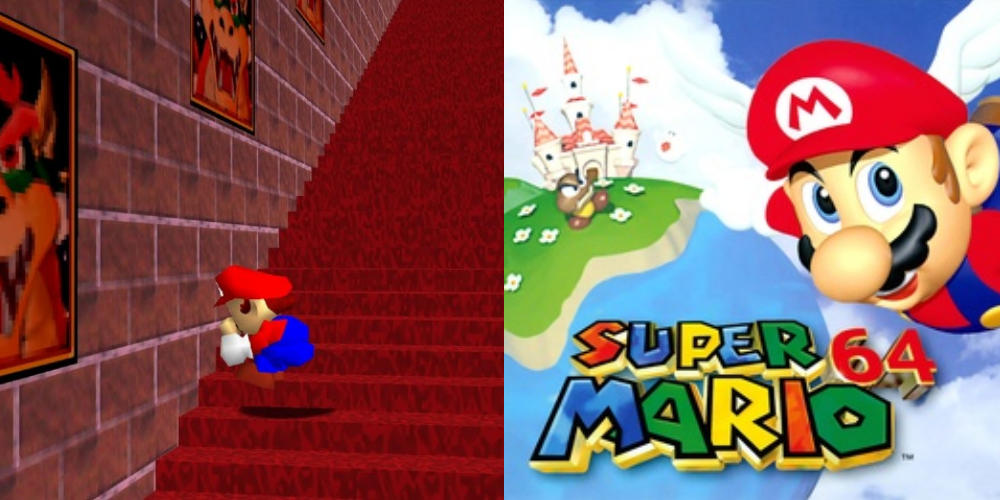
The Bonk Warp isn't the only long jump exploit on this list. Perhaps the most famous of glitches used by speedrunners is the Backwards Long Jump. This glitch belongs to a category of glitches in Super Mario 64 called Hyperspeed Glitches. If Mario long jumps backwards on the right geometry, he will gain incredible speed.
This glitch is mainly done on stairs, but can be performed on elevators as well. Because of the way speed is calculated as something stored, Mario will zoom backwards. And because of the way all games portray movement, Mario bypasses solid walls and floors with incredible speed, moving like The Flash. This means players can skip huge parts of Peach's Castle, including the infinite stairs.
Minus World (Super Mario Bros.)
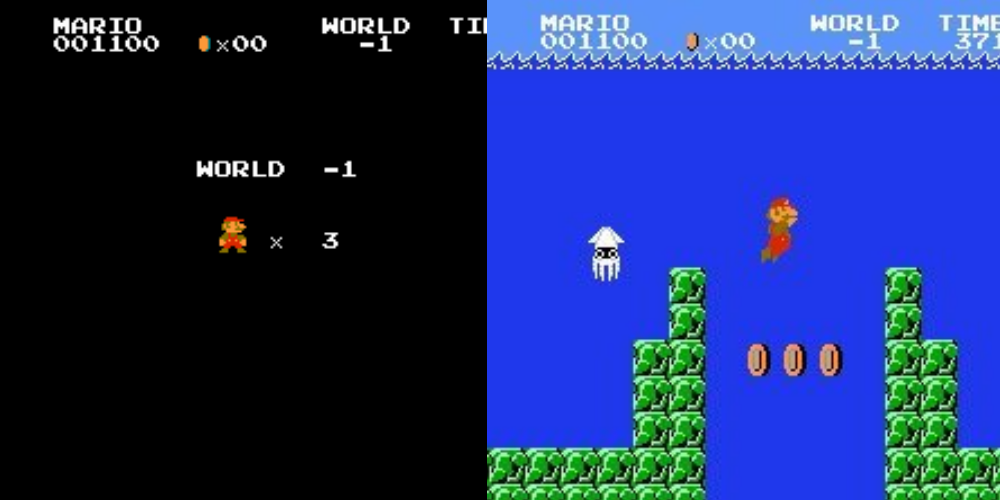
Minus World is one of the most famous glitches of all time. For good reason: this is an entire extra level created by quirks of game code. The game isn't accessing unused levels, but pulling an altered version of World 7-2 out of nothing. This level is unbeatable, but through hacking players have found various other minus worlds.
The level is accessed by using the aforementioned wall-walking glitch to access a warp zone before it finishes loading. Technically, the level number isn't negative or subtractive, the counter just can't display the 36. It's available in most versions of the game (though sometimes different) because it's a part of the legacy. Before Missingno and before the area of bugs that needed to be fixed in a day 1 patch, the Minus World stood as game's inability to be game.
Source: https://screenrant.com/super-mario-games-best-glitches-nintendo/
0 Response to "Stryder7x Top 10 Easy Paper Mario Glitches"
Post a Comment